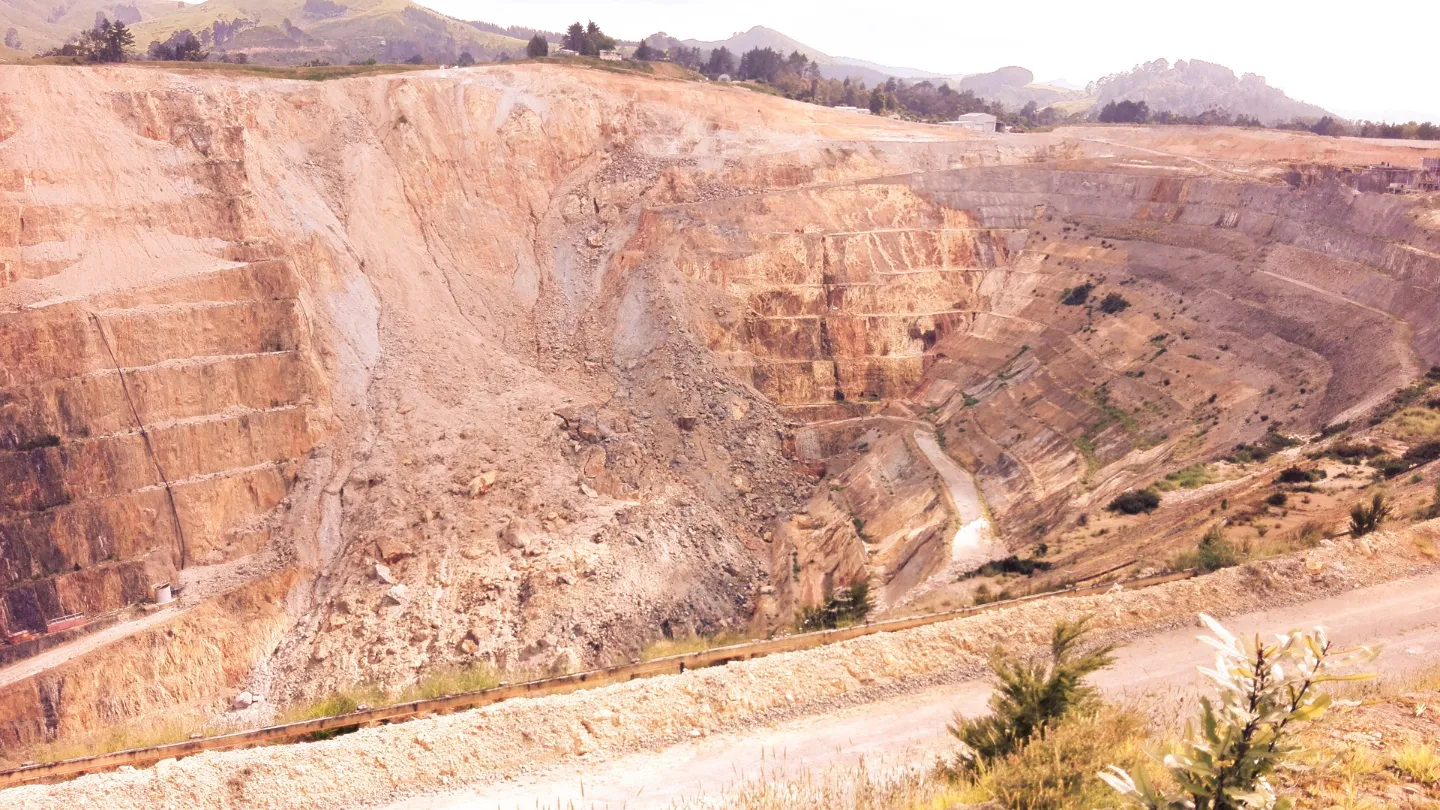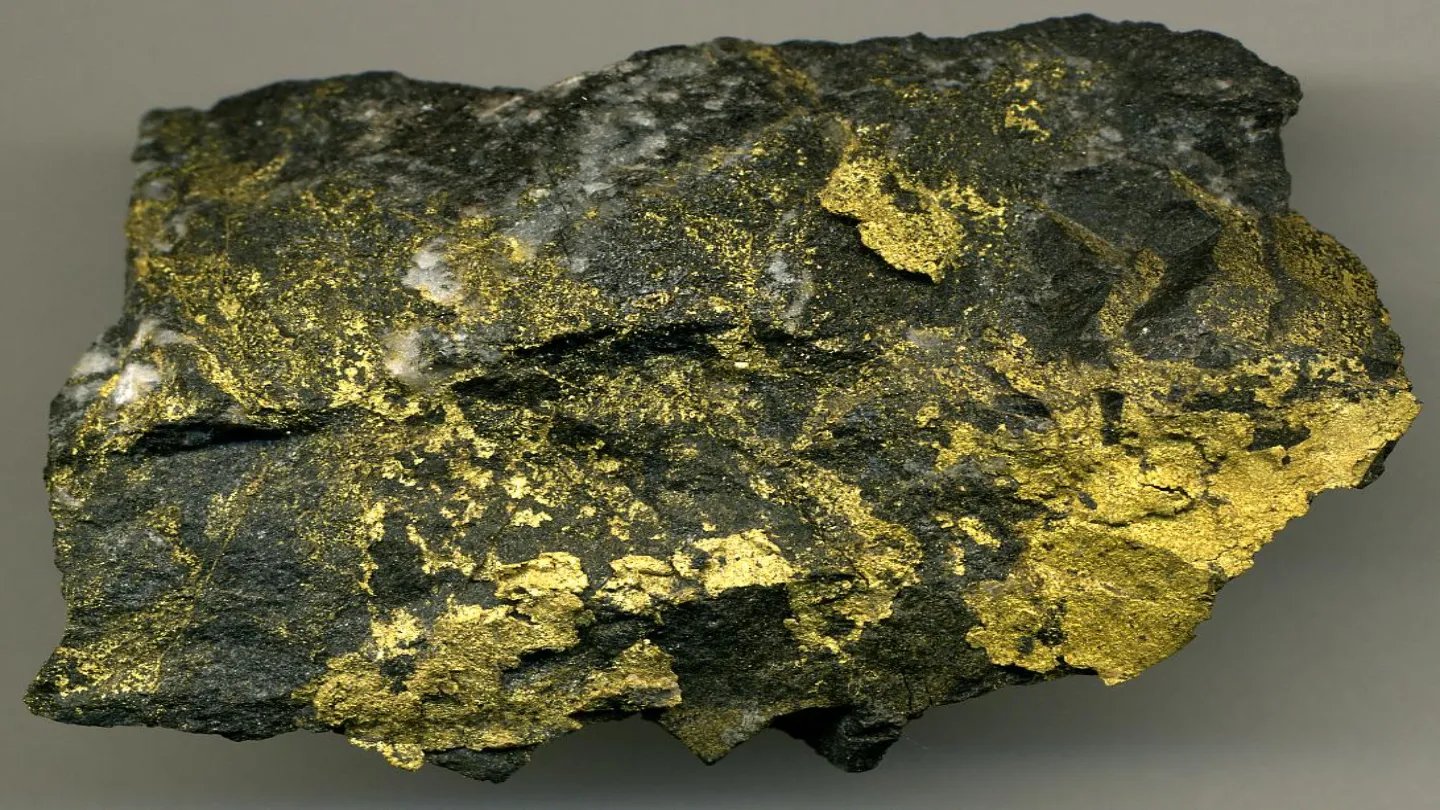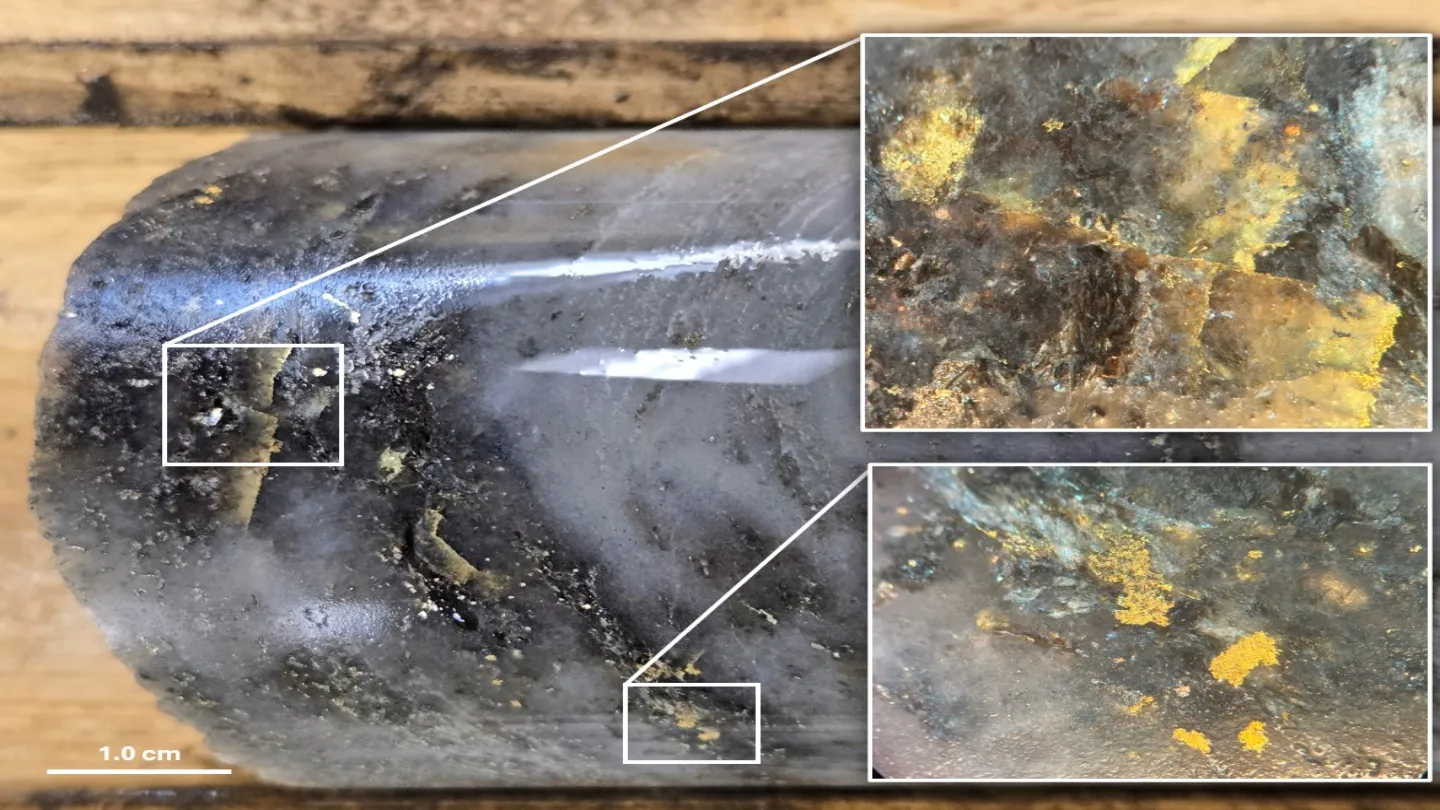The Goliath Gold Complex in northwestern Ontario, Canada, is composed of the Goliath, Goldlund, and Miller deposits. The project is being developed by gold-focused company NexGold Mining (previously Treasury Metals).
The project secured Federal Environmental Assessment Approval in 2019 after the Ministry of Environment and Climate Change Canada determined the Goliath Gold Project was unlikely to cause significant negative impacts on the environment.
The company announced the results of the Pre-feasibility Study (PFS) for its 100%-owned Goliath Gold Complex in February 2023.
According to the PFS, the project can produce 90,000 ounces on average annually over 13 years of mine life.
Initial capital expenditure was estimated to be C$335m ($233m).
The feasibility study on the gold-silver project is expected to be completed in the second quarter of 2025.
Goliath Gold Complex Location
The Goliath project is located in the Kenora Mining Division in north-western Ontario, around 20km east of Dryden. The Goldlund and Miller deposits are located between Dryden and Sioux Lookout, around 30km northeast of the Goliath project, off Highway 72.
The Goliath property includes approximately 7,601ha area comprising 284 mining claims; four mining leases; and 28 land parcels (includes patented claims).
Goldlund and Miller properties together consist of 1,349 mining claims, 26 patented claims 390.97 ha, one mining lease and one licence of occupation.
Overall, the complex includes approximately 34,719 ha area.
Geology and Mineralisation
The Goliath Gold Complex, located in Ontario’s Wabigoon Subprovince within the Superior Province, is positioned in the Archean Eagle-Wabigoon-Manitou greenstone belt. This belt spans approximately 150km in width and extends 700km along strike, with its full extent obscured by overlying Paleozoic strata.
The Goliath deposit is hosted within a 100–150 m thick sequence of deformed and altered schists, including muscovite-sericite and biotite-muscovite schist, with minor metasedimentary rock occurrences. The highest concentrations of gold are found in the Main and C Zones of the deposit. Mineralisation consists of native gold and silver, which are associated with finely disseminated sulphides, coarse pyrite, and narrow quartz veins. Key sulphide minerals include pyrite, sphalerite, galena, pyrrhotite, chalcopyrite, arsenopyrite, and stibnite.
The Goldlund project covers a 50km strike length within the Wabigoon Subprovince’s greenstone belt. Gold mineralisation occurs within northeast-trending, northwest-dipping quartz stockworks, comprising veinlets typically ranging from less than 1 cm to 20 cm thick.
Situated 8 km northeast of Goldlund, the Miller project shares similar geological characteristics, with gold mineralisation following the same structural trends and host lithologies.
Goliath Project Reserves
The Proven and Probable Mineral Reserves for the Project are estimated at 30.3 million tonnes at an average grade of 1.3 g/t Au and 1.77g/t silver for 1.3 million ounces of contained gold and 1.7 million ounces of contained silver.
Mining and Recovery
The Goliath Gold Complex will incorporate both open-pit and underground mining at the Goliath deposit, while the Goldlund and Miller deposits will be developed as open-pit mines. Ore from all three sites will be processed at a central facility at Goliath, with a planned throughput of 6,460 tonnes per day (2.36 Mt per year). Material from Miller will be transported to Goldlund using mining trucks before being hauled via highway trucks to Goliath for processing.
Open-pit mining will be carried out using conventional drilling, blasting, loading, and hauling methods with mining conducted in 10m benches using a fleet that includes a excavator, two excavators, and 63-tonne haul trucks. Mining will begin at Goliath with one year of pre-production followed by two years of production, after which operations will transition to Goldlund from Year 2 until Year 7. The remaining three phases of the Goliath open pit will be mined between Years 7 and 9, while the Miller deposit will be developed in Years 8 and 9.
High-grade ore will be prioritised throughout the mine’s life, with lower-grade material supplementing plant capacity. Open-pit mining is scheduled to conclude in Year 9, after which the processing plant will be fed with stockpiled low-grade ore from Goliath and Goldlund until the end of the mine’s life in Year 13. Open-pit material movement is expected to average 14 million tonnes per year over the first eight years of operation.
Underground mining at Goliath will use the long-hole open stoping method, following a longitudinal retreat approach in a bottom-up sequence. Underground development will begin after the Goliath open pit has commenced operations, with initial focus on stopes near the crown pillar to ensure they are mined and backfilled before tailings deposition begins in the open pit.
First ore is expected in Year 1, with commercial production ramping up in Year 3. Peak underground output is scheduled for Year 7, followed by a gradual decline as the number of active mining areas decreases. Underground operations will cease in Year 13, with approximately 3.8 million tonnes of ore processed over its lifespan.
The processing plant at Goliath is designed to handle 6,460 tonnes per day. Ore will be transported from the mine to the primary crushing facility, equipped with an apron feeder, grizzly feeder, and jaw crusher. Crushed ore will be conveyed to a secondary scalping screen, where undersized material will bypass the secondary cone crusher while oversized material will be further crushed before being combined and transferred to a covered stockpile. The ore will then be ground using a SAG mill, followed by a closed-circuit ball mill with hydro-cyclone classification.
Gold recovery will involve a gravity circuit, including a scalping screen and a centrifugal batch concentrator. Concentrate from the gravity circuit will be processed through an intensive cyanidation reactor, while remaining material will be sent to a high-rate pre-leach thickener, followed by a leach and CIL circuit. Gold and silver will be adsorbed onto activated carbon, then recovered using an AARL elution circuit and electrowinning before being smelted into doré bars. The carbon will be reactivated in a regeneration kiln before being returned to the CIL circuit.
The thickened tailings will be pumped to the tailings storage facility, while thickener overflow will be reused as process water.
Contractors Involved
Ausenco Engineering Canada prepared the PFS for the gold-silver project in collaboration with SRK Consulting (Canada), SLR Consulting (Canada), Minnow Environmental, WSP Canada and Stantec.
The companies provided estimates for mineral resources and reserves, along with key design parameters and cost projections for various aspects of the project, including mine operations, processing facilities, waste and tailings storage, permitting, reclamation, equipment selection, and both operating and capital expenditures.





